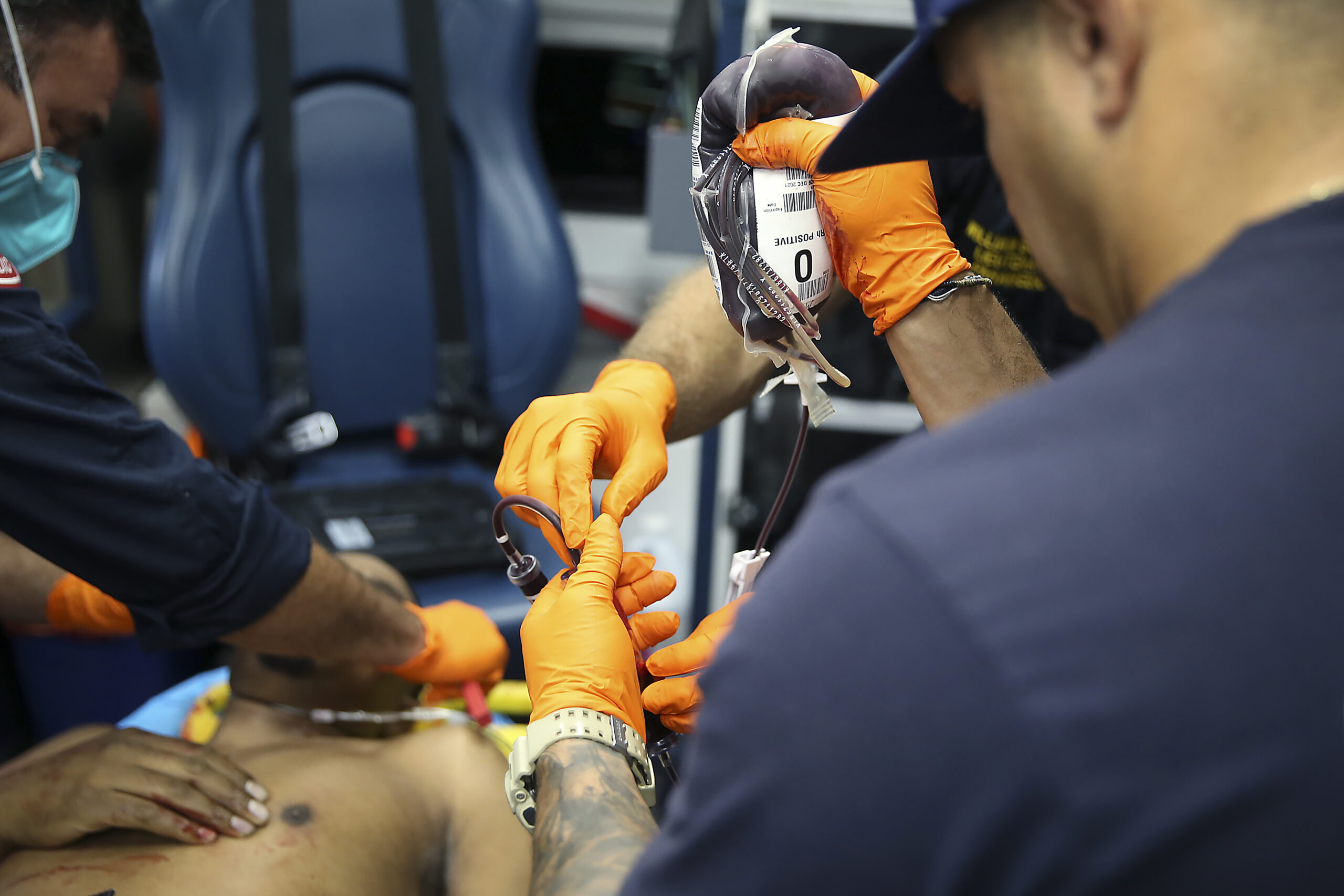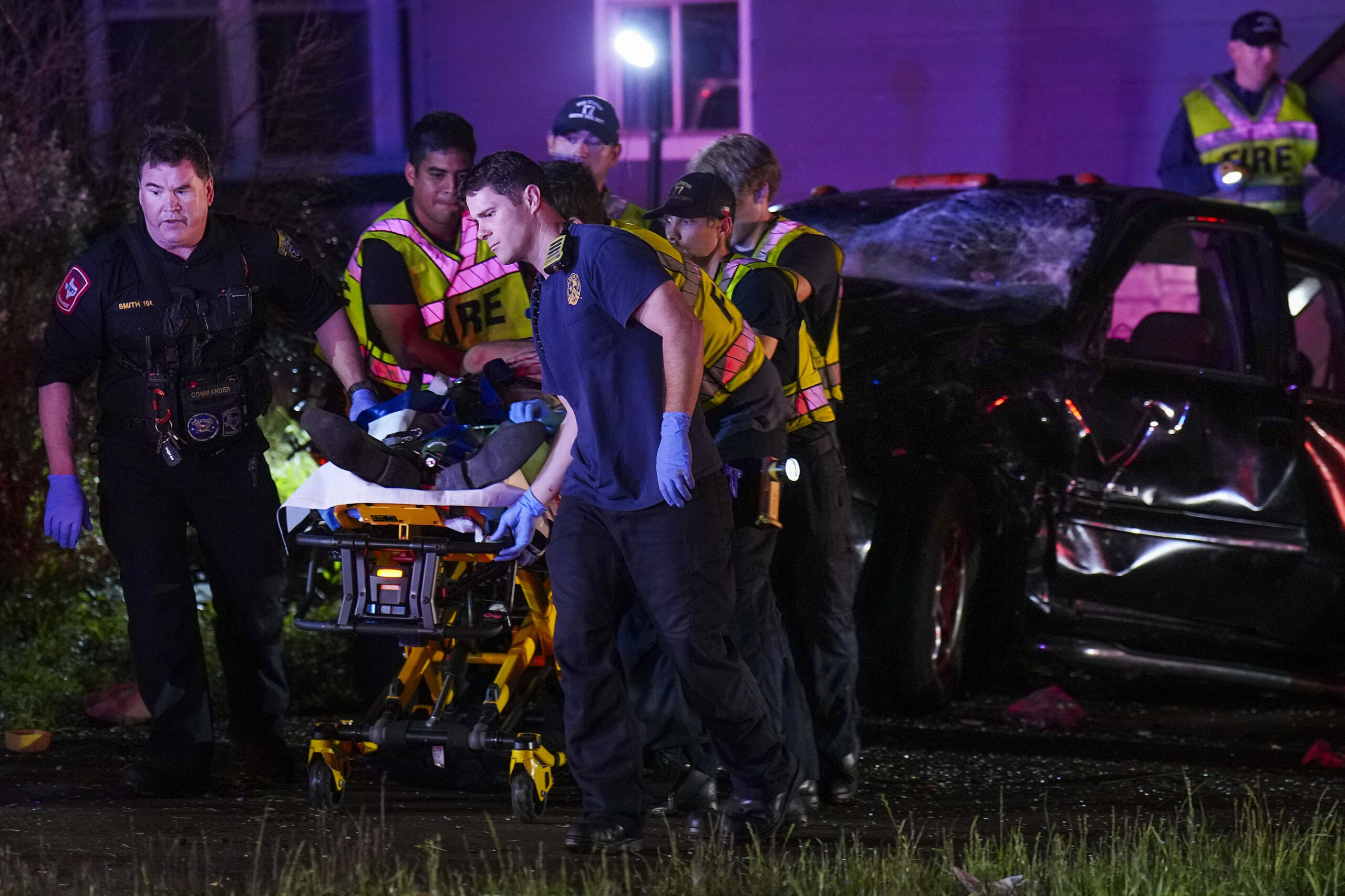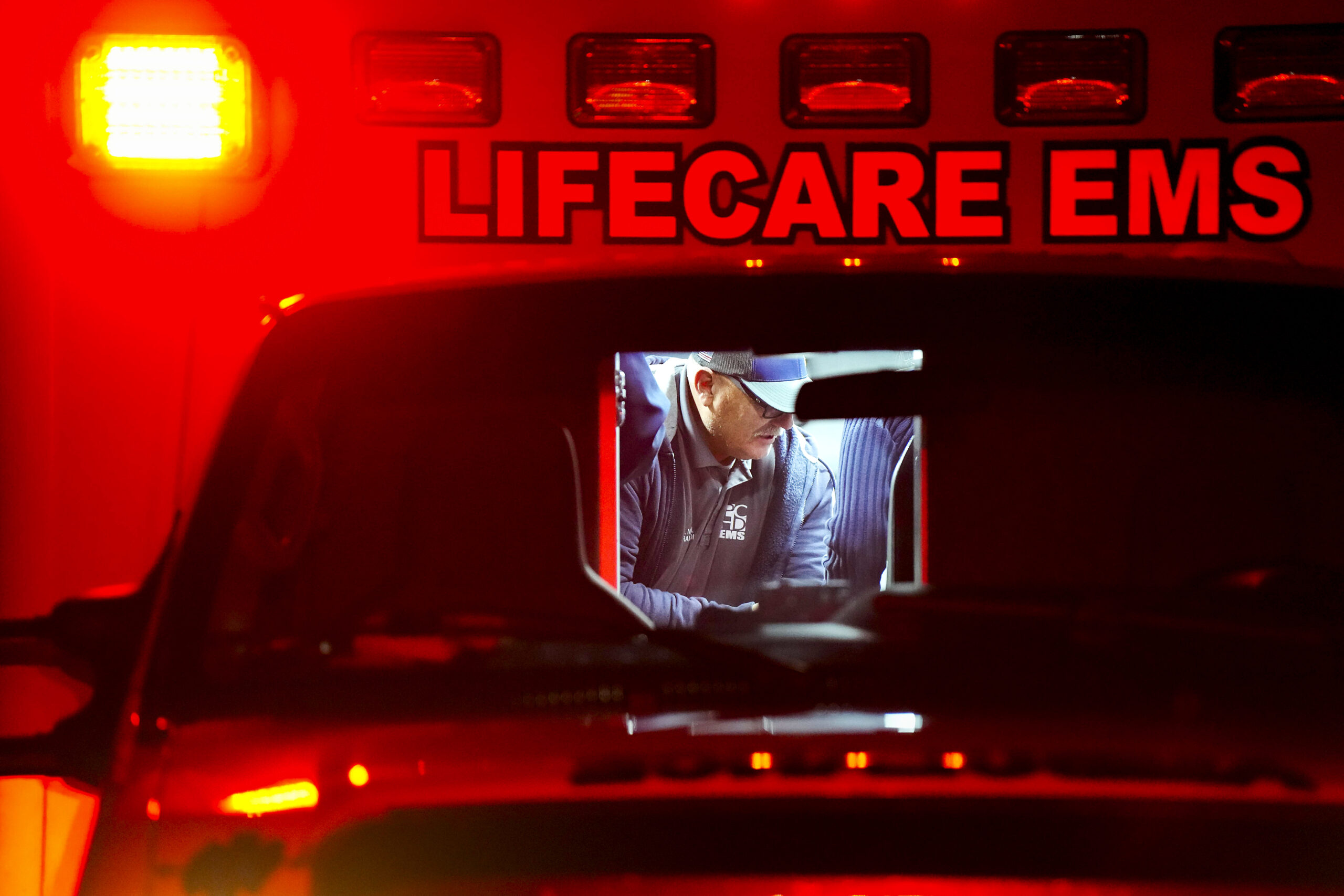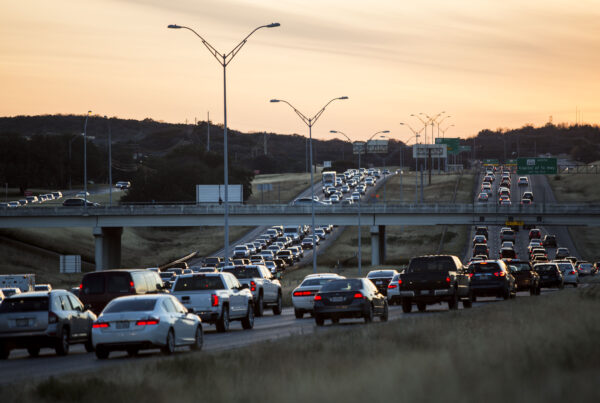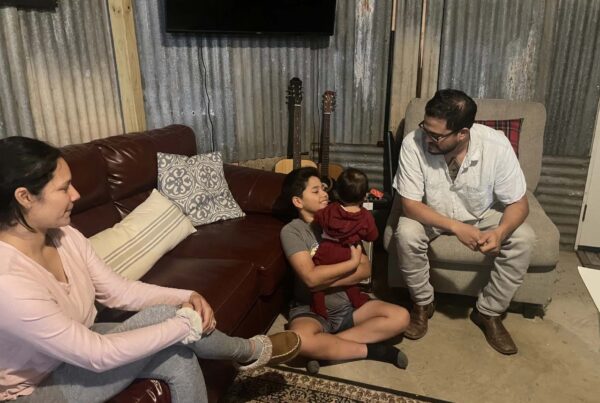Whether someone lives or dies after a traumatic injury can often be a function of time. The odds of surviving massive blood loss go down with each minute that ticks by without treatment.
A lot of people die this way. In the U.S., traumatic injuries kill more people under the age of 45 than anything else, according to a new series by the Dallas Morning News and the San Antonio Express-News: ‘Bleeding Out’ looked into the causes and solutions for trauma-related deaths.
Lauren Caruba, an investigative reporter for the Dallas Morning News who wrote the series, spoke to the Texas Standard about its key takeaways.
This transcript has been edited lightly for clarity:
Texas Standard: I understand you spent more than two years looking into how people in Texas and across the country were treated for traumatic injuries. How did you get into this?
Lauren Caruba: So how I started reporting this series is actually kind of interesting. My reporting began all the way back in 2019, actually, when I was the medical reporter at the San Antonio Express-News.
And they have a really innovative blood program down there where they have blood out in the field for paramedics to administer to injured patients and patients with other major bleeding – so think, you know, ambulances and helicopters across the region.
And so I started reporting on that program down there, but brought the project with me to the Dallas Morning News. And the two papers worked together to publish this series, which is about the solution to what they are doing down in San Antonio, which is patients bleeding to death before they can be treated and bleeding to death of injuries they could have otherwise survived.
You know, I was struck by this statistic: Traumatic injuries kill more people under the age of 45 than anything else. But I was remembering seeing reports from health officials in the U.S. that cardiovascular disease, cancers, respiratory disease, diabetes, that sort of thing, all of these kill hundreds of thousands of people every year.
Could you explain how you came to the conclusion that these traumatic injuries are killing so many people?
Yes. So the thing to keep in mind here is that we are talking about, you know, children and people up through the age of 45. So we are talking about a really young demographic, actually.
And the reason why traumatic injuries – so think people who are injured in car crashes, shootings, falls, any type of accident; you are adding all of those different categories of deaths together. So that can include homicides, suicides, car crashes, pedestrian fatalities.
So when you add all of that together, you have a public health crisis that is much bigger than just traffic or guns. It’s anything that causes this major disruption, this major injury to your body.


